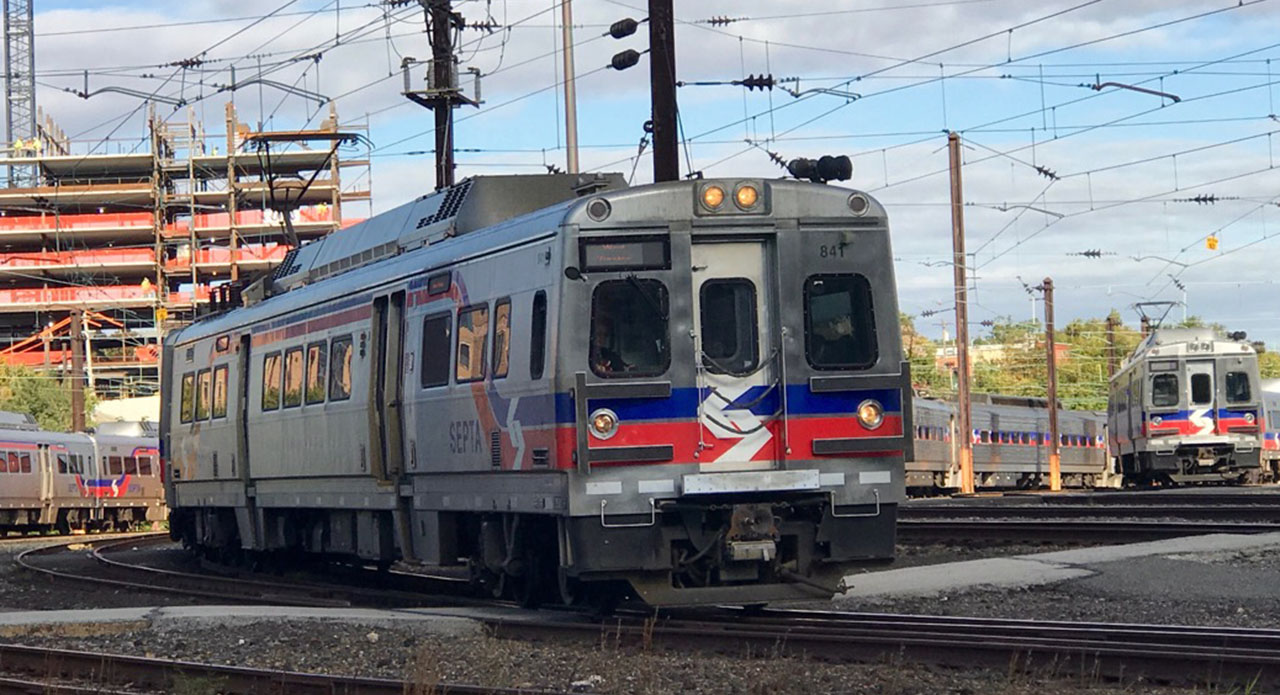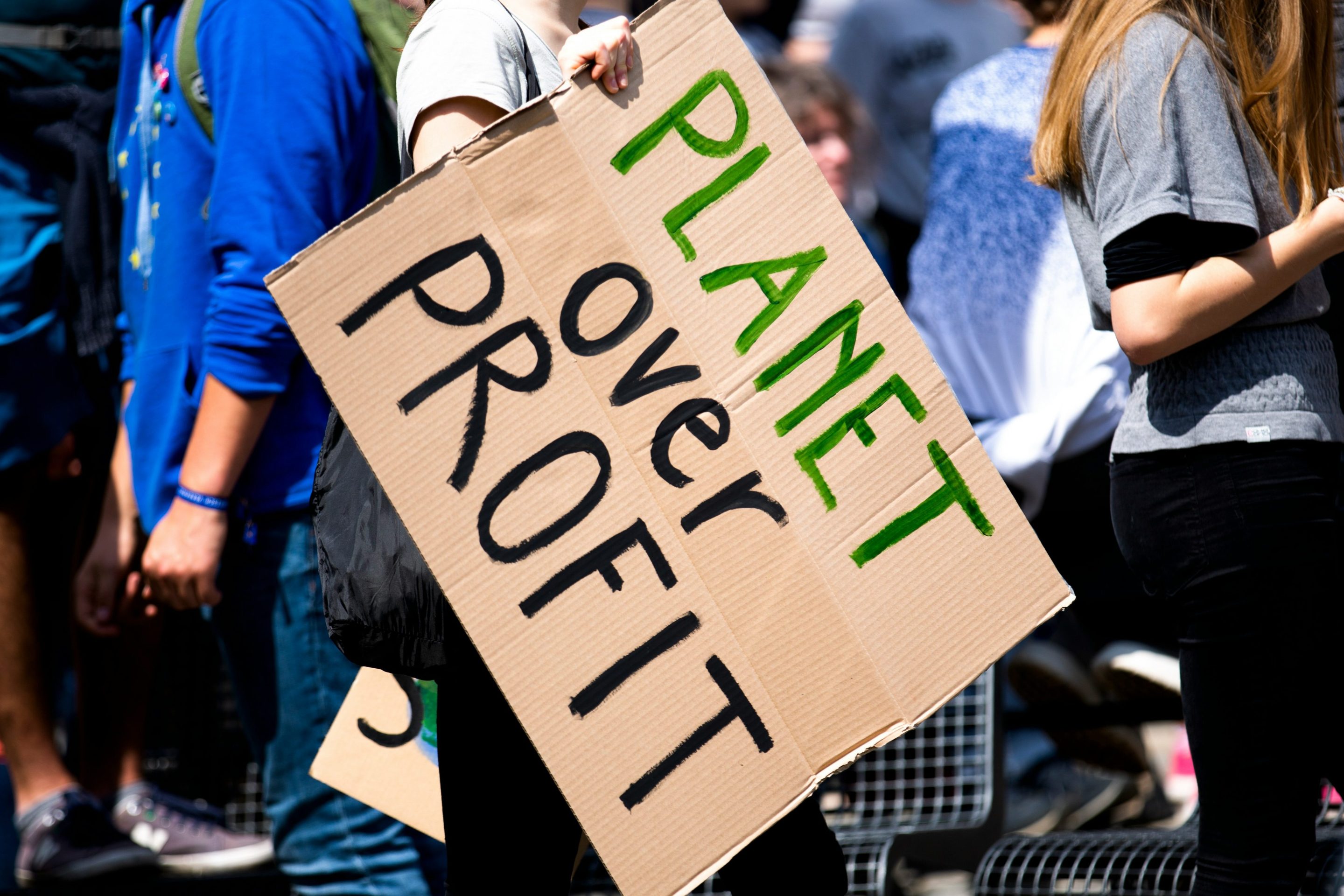With Election Day fast approaching, Streetsblog Capitol Hill is turning our attention this week to key governor's races. As Ya-Ting Liu of the Tri-State Transportation Campaign recently wrote (and as New Jersey Governor Chris Christie has made painfully clear), "decisions by state and local elected officials ultimately determine whether federal transportation policies become instruments of reform or tools to be abused." Today we look at the gubernatorial election in Maryland.
One of the key races for transit advocates to watch next week will be Maryland’s vote for governor. The election will determine the future of a light rail line designed to link the northern suburbs of Washington, DC, providing an alternative to driving along the notoriously congested Washington beltway.


The Purple Line has been under consideration since 1987. Incumbent Democrat Martin O’Malley is a staunch supporter of the light rail line and has been instrumental in advancing plans to build it. Republican challenger Bob Ehrlich (who served as governor before losing to O’Malley in 2006) has pushed to turn the Purple Line into a bus rapid transit corridor. And during his term as governor, he pushed through a new highway, the Intercounty Connector.
Opposition to the Purple Line has largely been organized by members of an exclusive country club, which the line will pass through. Other neighbors have campaigned against the line by claiming (untruthfully) that it will narrow the Capital Crescent Trail, one of the most popular bike/ped trails in the Washington area, and diminish its wooded nature by cutting down the trees alongside it.
In fact, area bike groups from the Washington Area Bicyclist Association to Silver Spring Trails strongly support the building of the Purple Line as light rail. “It is important that bicyclists reject the assertions that the trail and transit are incompatible,” WABA said in an alert. In fact, the plans for the Purple Line include the completion of unfinished portions of the Capital Crescent.
Still, Ehrlich has made clear his preference for a BRT alternative, which is estimated to cost $386 million to $1 billion, compared to $1.68 billion for light rail. A state analysis found that light rail would be faster and would attract more riders than BRT. (Meanwhile, a study by the World Resources Institute favored BRT, saying it would "cost less, offer similar services, and fight global warming better than light-rail cars.") Light rail is expected to attract more development along the corridor.
The state has already spent eight years and about $40 million planning the Purple Line. While Ehrlich didn’t put an end to the plans while he was governor, he did “obfuscate, alter, study and delay” it, according to his own appointee to the Metro board.
O’Malley also champions the construction of a light rail line in Baltimore, known as the Red Line, which Ehrlich opposes.
The candidates’ views on light rail were the deciding factor in the surprising decision by the Greater Washington Board of Trade to endorse O’Malley, after supporting Ehrlich in his two previous bids for governor.
Both candidates have supported the Intercounty Connector, a $2.56 billion highway which Ehrlich pushed as governor. Greater Greater Washington noted in its endorsement of O’Malley, “Unfortunately, Governor O'Malley did nothing to halt its construction early in his term. The political will was not there at the local level... Mr. O'Malley instead used his political capital to move the Purple and Red Lines forward.”
Neither Ehrlich nor O’Malley supports a hike in the state’s gas tax to pay for their respective transportation priorities. “[O'Malley's] newly proposed transportation budget for 2011 through 2017 adds $48 million in new money for the Purple Line – enough, when matched with federal funding, to cover the entire cost of engineering and designing the new rail line,” according to the website for the Action Committee for Transit.
Current polls show O’Malley with a 14-point lead, but some political analysts still rate the race a toss-up.





